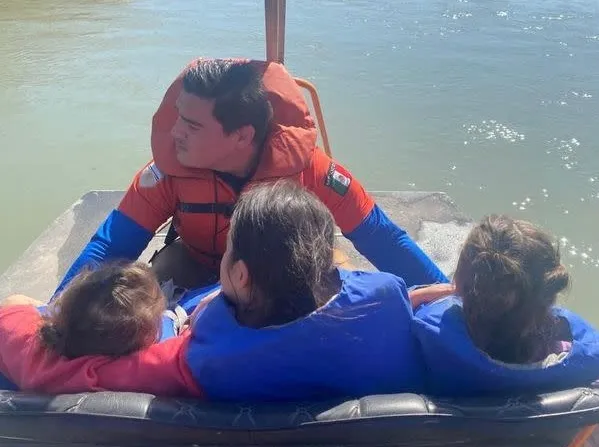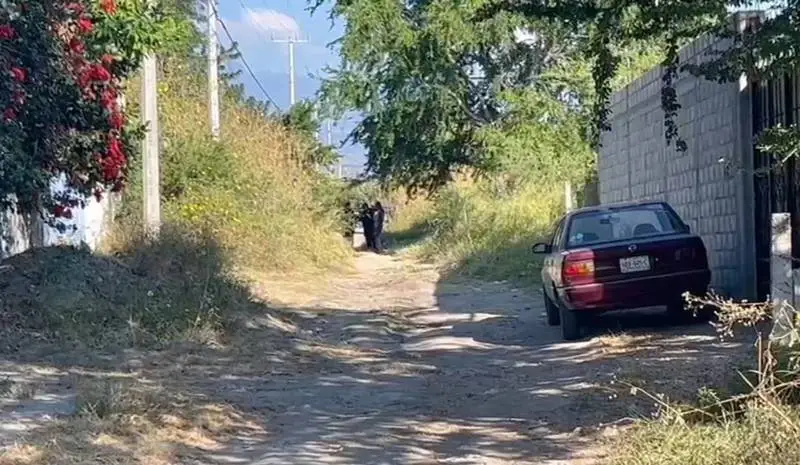The US launches a new online system to seek asylum on the Mexican border
Share

REYNOSA, TAMAULIPAS.- The Biden administration on Thursday launched an online appointment system as the only way for migrants to get exceptions from pandemic-era limits on asylum — the U.S. government’s latest major step in eight days to overhaul border enforcement.
U.S. Customs and Border Protection began allowing migrants to make appointments up to two weeks out using its website and through CBP-One, a mobile app that the agency has used in limited ways since 2020. CBP-One is replacing an opaque, bewildering patchwork of exemptions to a public health order known as Title 42 under which the government has denied migrants’ U.S. and international rights to claim asylum since March 2020.
Until now, CBP has arranged exemptions through advocates, churches, attorneys, and migrant shelters, without publicly identifying them or saying how many slots were available. The advocates have chosen who gets in, with CBP having the final say.
Under the new system, migrants apply directly to the agency and a government official will determine who gets in. Their appointments will be at one of eight crossings — at Brownsville, El Paso, Hidalgo, and Laredo in Texas; Nogales, Arizona; and Calexico and San Diego in California.
Exemptions for Title 42 are meant to go to the most vulnerable migrants.
Thursday’s rollout is separate from measures announced last week to expel migrants from Cuba, Haiti, Nicaragua, and Venezuela to Mexico under Title 42 and — at the same time — allow up to 30,000 migrants from those four countries to be admitted to the United States every month under humanitarian parole for two years if they apply online, pay their airfare and provide a financial sponsor.
While the administration previously signaled that it would introduce CBPOne for people seeking asylum at land border crossings with Mexico, the speed of change caught advocates off-guard.
“Utter and complete confusion,” said Priscilla Orta, an attorney at Lawyers For Good Government’s Project Corazon in Texas’ Rio Grande Valley.
Source: OEM








